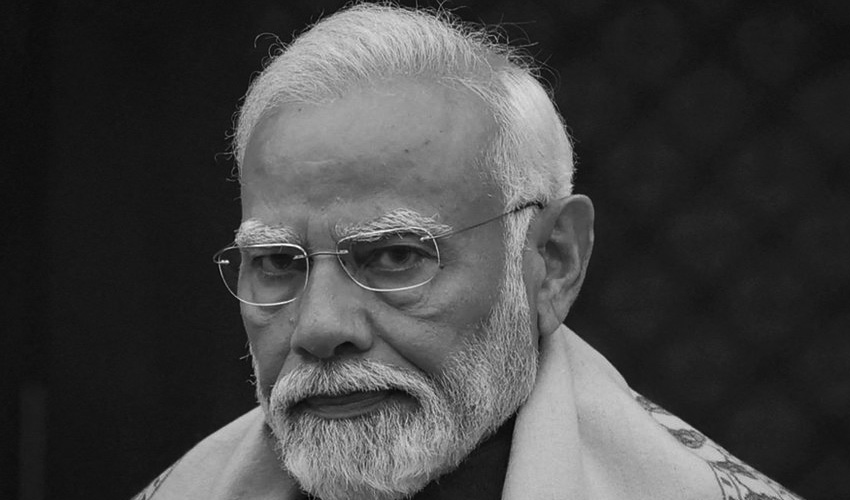Indian Prime Minister Narendra Modi’s government has decided to let lapse a $23 billion program to incentivize domestic manufacturing, just four years after it launched the effort to woo firms away from China.
The scheme will not be expanded beyond the 14 pilot sectors and production deadlines will not be extended despite requests from some participating firms, according to four government officials.
Some 750 companies, including Apple supplier Foxconn and Indian conglomerate Reliance Industries, signed up to the Production-Linked Initiative (PLI) scheme, public records show.
Firms were promised cash payouts if they met individual production targets and deadlines. The hope was to raise the share of manufacturing in the economy to 25% by 2025.
Instead, many firms that participated in the program failed to kickstart production, while others that met manufacturing targets found India slow to pay out subsidies, according to government documents and correspondence seen by Reuters.
As of October 2024, participating firms had produced $151.93 billion worth of goods under the program, or 37% of the target that Delhi had set, according to an undated analysis of the program compiled by the commerce ministry. India had issued just $1.73 billion in incentives – or under 8% of the allocated funds, the document said.
News of the government’s decision to not extend the plan and specifics about the lag in payouts are being reported by Reuters for the first time.
Modi’s office and the commerce ministry, which oversees the program, did not respond to requests for comment. Since the plan’s introduction, manufacturing’s share of the economy has decreased from 15.4% to 14.3%.
Foxconn, which now employs thousands of contract workers in India, and Reliance didn’t return requests for comment.
Two of the government officials told Reuters the end of the program did not mean Delhi had abandoned its manufacturing ambitions and that alternatives were being planned.
The government last year defended the program’s impact, particularly in pharmaceuticals and mobile-phone manufacturing, which have seen explosive growth. Some 94% of the nearly $620 million in incentives disbursed between April and October 2024 were directed to those two sectors.
In some instances, some food-sector companies that applied for subsidies weren’t issued them due to factors such as “non compliance of investment thresholds” and companies “not achieving stipulated minimum growth,” according to the analysis. The document did not provide specifics, though it found production in the sector had exceeded targets. Reuters could not determine which companies the analysis referred to.
But Delhi had previously acknowledged problems and agreed to extend some deadlines and increase payment frequency after complaints from PLI participants. One of the Indian officials, who spoke on condition of anonymity to discuss confidential matters, said that excessive red tape and bureaucratic caution continued to stymie the scheme’s effectiveness.
As an alternative, India is considering supporting certain sectors by partially reimbursing investments made to set up plants, which would allow firms to recover costs faster than having to wait for production and sale, another official said.
Trade expert Biswajit Dhar at the Delhi-based Council for Social Development think-tank, who has said Modi’s government needs to do more to attract foreign investment, said the country might have missed its moment.
The incentives program was “possibly the last chance we had to revive our manufacturing sector,” he said. “If this kind of mega-scheme fails, do you have any expectation that anything is going



